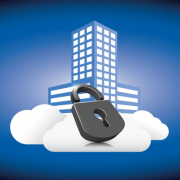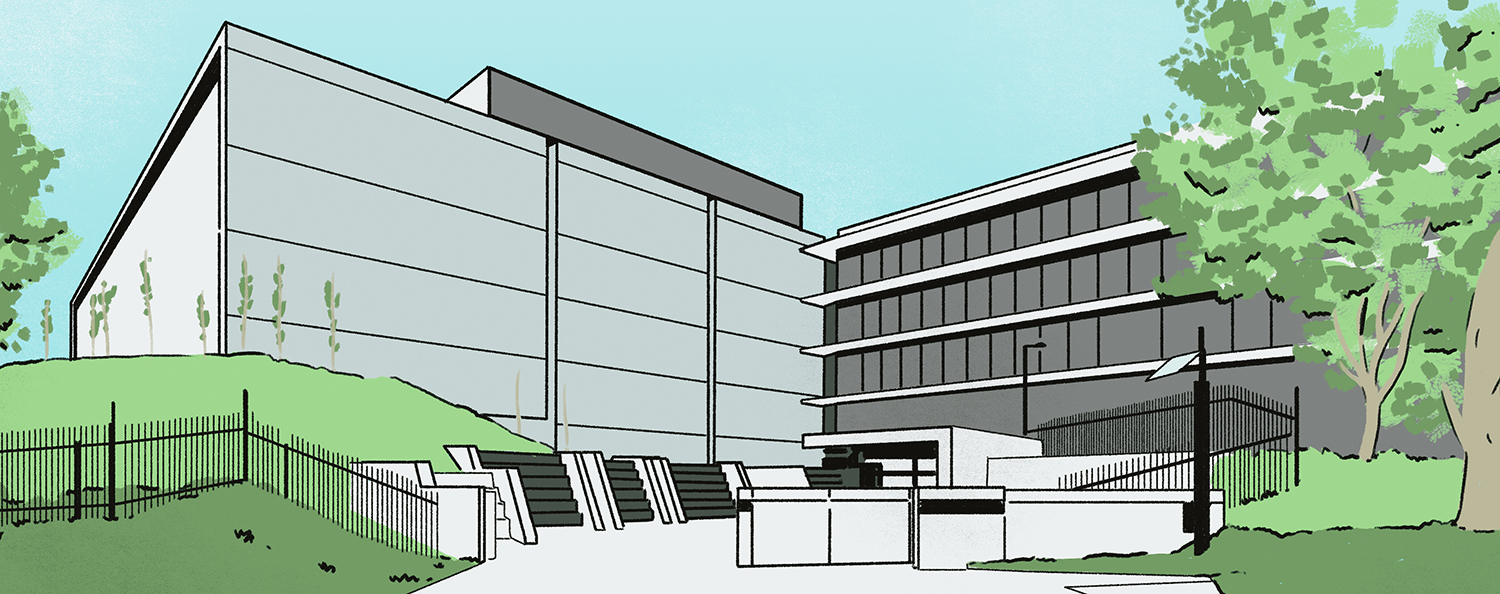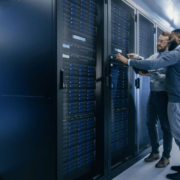Data Center Free Air Cooling Trends
With the recent expansion of the American Society of Heating, Refrigerating and Air-Conditioning Engineers’ (ASHRAE’s) acceptable data center operating temperature and humidity ranges — taken as an industry-standard best practice by many operators — the case for free air cooling has become much stronger. Free air cooling is an economical method of using low external air temperature to cool server rooms.
In the 2019 Uptime Institute Supply-side Survey (available to member of the Uptime Institute Network) we asked over 500 data center vendors, consultants and engineers about their customers’ adoption of free air economizer cooling (the use of outside air or a combination of water and air to supplement mechanical cooling) using the following approaches:
- Indirect air: Outside air passes through a heat exchanger that separates the air inside the data center from the cooler outside air. This approach prevents particulates from entering the white space and helps control humidity levels.
- Direct air: Outside air passes through an evaporative cooler and is then directed via filters to the data center cold aisle. When the temperature outside is too cold, the system mixes the outside air with exhaust air to achieve the correct inlet temperature for the facility.
Findings from the survey show that free air cooling economization projects continue to gain traction, with indirect free air cooling being slightly more popular than direct air. In our survey, 84% said that at least some of their customers are deploying indirect air cooling (74% for direct air). Only 16% of participants said that none of their customers are deploying indirect free air cooling (26% for direct air), as shown in the figure below.

The data suggests that there is more momentum behind direct free air cooling in North America than in other parts of the world. Among North American respondents, 70% indicated that some of their customers are deploying direct air cooling (compared with 63% indirect air). As shown in the figure below, this was not the case in Europe or Asia-Pacific, where suppliers reported that more customers were deploying indirect air. This perhaps could be linked to the fact that internet giants represent a bigger data center market share in North America than in other parts of the world — internet giants are known to favor direct free air cooling when deploying at scale.

The continued pressure to increase cost-efficiency, as well as the rising awareness and interest in environmental impact, is likely to continue driving uptake of free air cooling. Compared with traditional compressor-based cooling systems, free air cooling requires less upfront capital investment and involves lower operational expenses, while having a lower environmental impact (e.g., no refrigerants, low embedded carbon and a higher proportion of recyclable components).
Yet, some issues hampering free air cooling uptake will likely continue in the short term. These include the upfront retrofit investment required for existing facilities; humidity and air quality constraints (which are less of a problem for indirect air cooling); lack of reliable weather models in some areas (and the potential impact of climate change); and restrictive service level agreements, particularly in the colocation sector.
Moreover, a lack of understanding of the ASHRAE standards and clarity around IT equipment needs is driving some operators to design to the highest common denominator, particularly when hosting legacy or mixed IT systems. The opportunity to take advantage of free air cooling is missed as a result, due to the perceived need to adopt lower operating temperatures.
Going forward, at least in Europe, this problem might be partially addressed by the introduction of the new European EcoDesign legislation for servers and online storage devices, which will take effect from March 2020. The new legislation will require IT manufacturers to declare the operating condition classes and thermal performance of their equipment. This, in turn, will help enterprise data centers better optimize their operations by segregating IT equipment based on ambient operating requirements.
The full report Uptime Institute data center supply-side survey 2019 is available to members of the Uptime Institute Network. You can become a member or request guest access by looking here or contacting any member of the Uptime Institute team.











